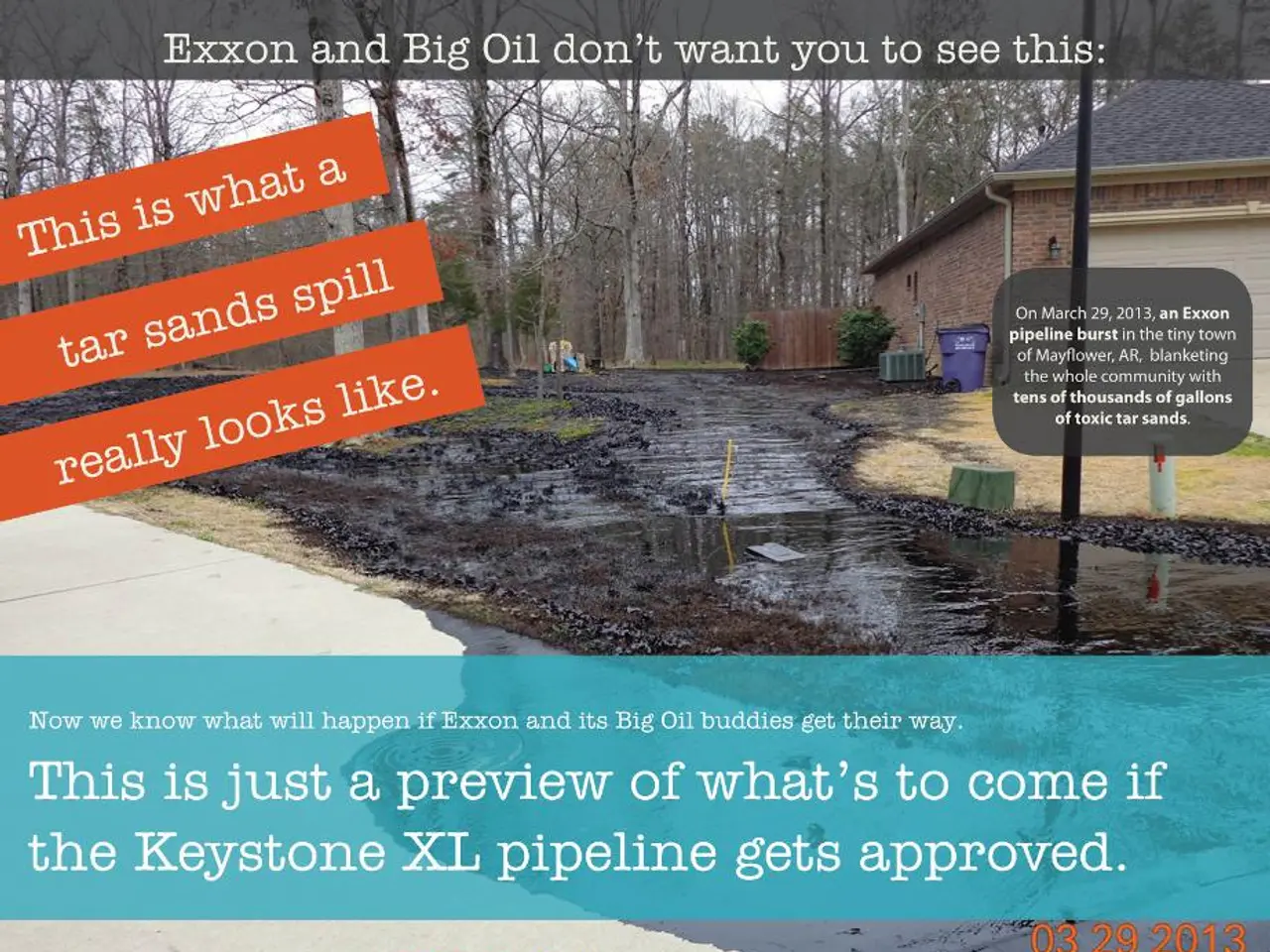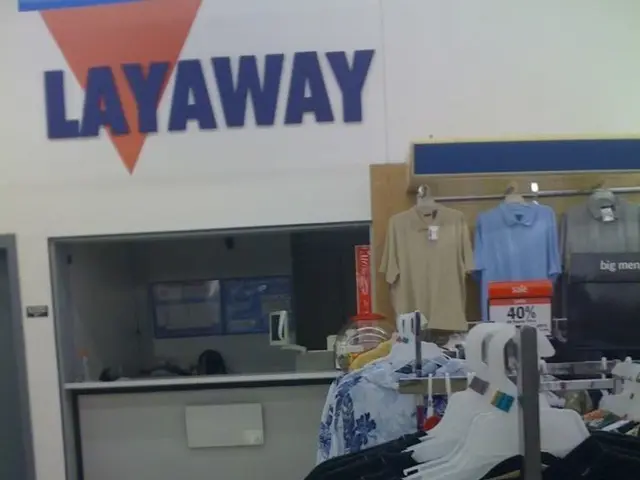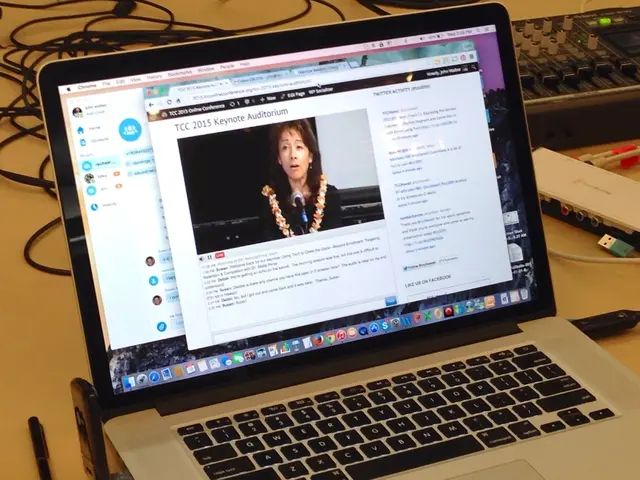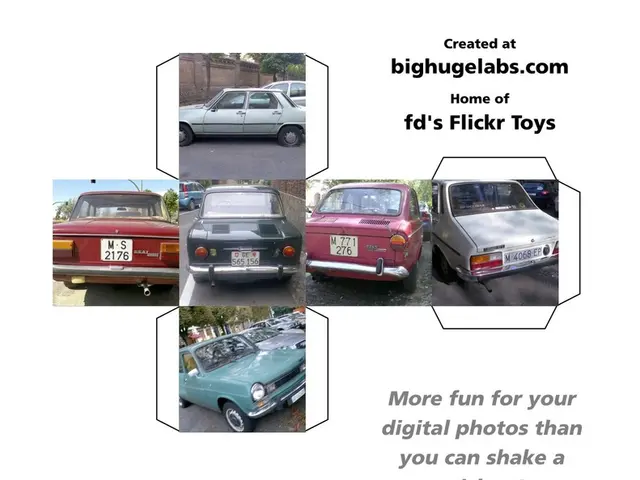Internet-Based Garbage Disposal Management
In the modern world, smart waste management has become a crucial aspect of urban operations, and IoT waste management software plays a significant role in this process. This innovative technology uses the Internet of Things (IoT) to manage waste more efficiently, helping waste management companies make better use of their resources and make informed decisions.
When developing IoT waste management software, several essential aspects must be carefully considered to ensure the solution is effective, reliable, and user-friendly.
Firstly, comprehensive market research and requirement gathering are crucial. This involves engaging with stakeholders such as waste management companies, businesses, and end-users to identify key pain points, tailored business needs, and the specific features required for the software.
Next, defining the app's scope is essential. Critical features include real-time monitoring of waste bins through IoT sensors, data analytics dashboards, automated alerts and notifications, routing optimization for collection vehicles, and user engagement tools.
Ensuring system reliability and uptime is also vital. IoT waste management platforms should maintain high uptime to ensure continuous real-time data flow, which is vital for route planners and field personnel. This requires robust cloud infrastructure, strong vendor support, system redundancy, and regular maintenance and software updates.
Choosing the right technologies impacts performance and scalability. Common choices include cloud providers like AWS or Azure, backend frameworks like Django or Node.js, databases such as MySQL or MongoDB, front-end frameworks like ReactJS or React Native for mobile accessibility, and integration with payment gateways or third-party APIs where needed.
For tasks like waste classification at disposal points, lightweight, efficient AI models compatible with edge devices enhance performance without relying heavily on cloud connectivity. This is especially important in areas with unreliable internet access.
The software should also have an intuitive and user-friendly UI to help users easily navigate features and access critical information quickly.
Moreover, the software should support resource optimization by reducing operational costs and decreasing environmental impact via lower emissions.
In conclusion, the development process must integrate IoT sensor data, real-time analytics, and smart automation while ensuring system robustness and ease of use to transform waste management operations effectively for companies.
Working with a qualified development partner can help ensure the success of any IoT waste management project. Securing sensitive waste collection data is crucial to prevent potential business jeopardy. The software needs to be customized to address specific user needs, such as waste collectors and waste collection management teams.
To reap the benefits, it is necessary to have this technology adequately implemented with high-quality software. Using a custom software solution for IoT waste management can help ensure optimal operation of IoT devices and user-friendly tasks. This not only helps waste management companies optimize resource use but also aids operators in the field by improving their decisions, making their day-to-day operations easier and more efficient.
In the development process of IoT waste management software, market research and requirement gathering are essential for identifying key pain points, tailored business needs, and specific features. Defining the app's scope is equally important, incorporating features like real-time monitoring, data analytics, automated alerts, routing optimization, and user engagement tools.
Ensuring system reliability and uptime necessitates robust cloud infrastructure and regular maintenance, while the choice of technologies impacts performance and scalability. Common technologies include cloud providers, backend frameworks, databases, front-end frameworks, and integration with payment gateways or third-party APIs.
For tasks like waste classification at disposal points, lightweight, efficient AI models are beneficial, especially in areas with unreliable internet access. Additionally, the software should have an intuitive and user-friendly UI, helping users navigate features and access critical information quickly.
To optimize resource use and decrease environmental impact, the software should support resource optimization by reducing operational costs and lowering emissions. This transformative technology can aid operators in the field by improving their decisions, making their day-to-day operations easier and more efficient.








